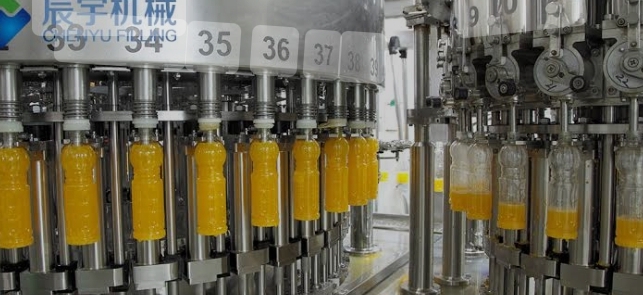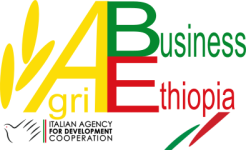
Available courses
PLEASE, DON'T CHANGE THE SETTING OF THE COURSE!
Just enter and work in a free topic.
Thanks

This area is dedicated to the ABE Training Team, a group of teachers continuing the activities of training on web based learning started with the Agribusiness Ethiopia Project.

This course is about... and the contents are:
- Content 1
- Content 2
- Content 3
- Content 4
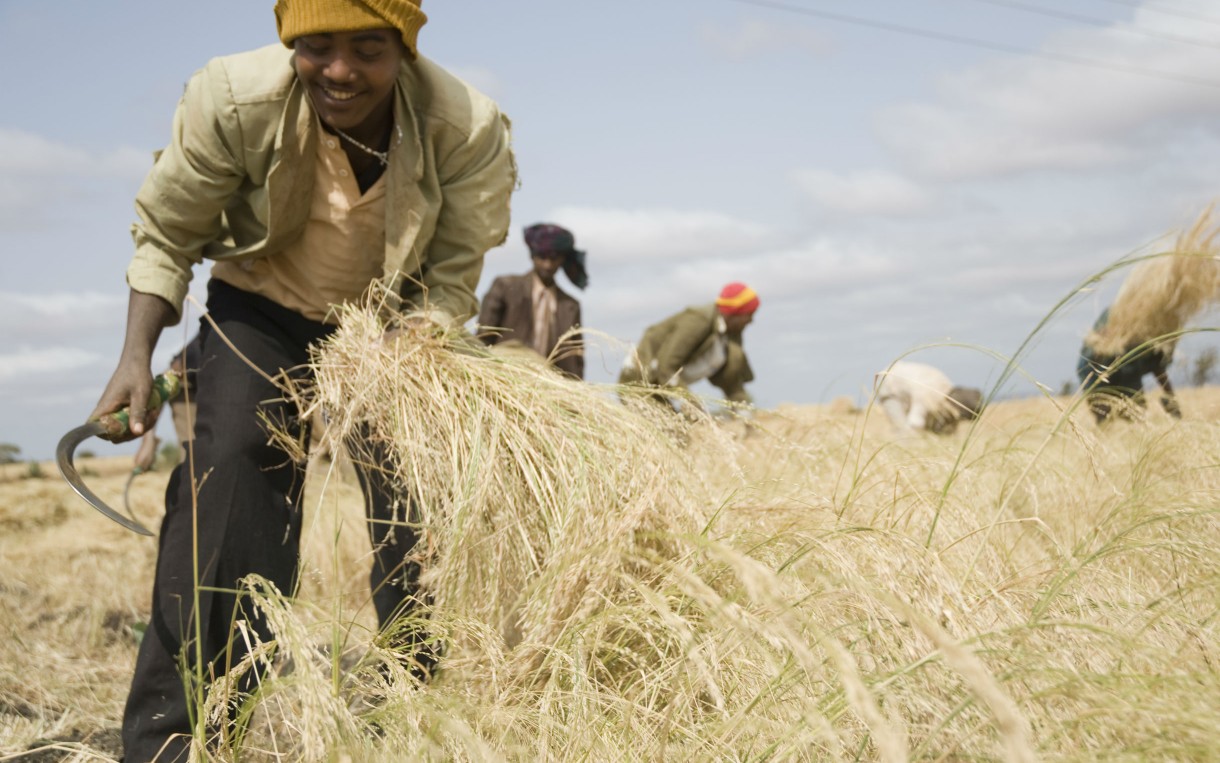
The cereal processing industry may be described as any industry that takes a
cereal or a cereal product as its raw material. Most cereal processes produce
foodstuffs but a few produce items such as starch for industrial or other uses.
Because of the importance of cereals in the human food chain, cereals
processing has evolved dramatically from humble beginnings as one of the
world’s oldest industries to the sophisticated one we know today. It took many
incremental advances to achieve today’s state of the art. This book aims to
highlight some of the more recent contributions to this continual evolution.
Why are cereals so dominant in the food sector? The answer is simple.
Cereals are a versatile and reliable source of food. They are easy to store and
may be used to produce a myriad of food products. Cereals processing thus
forms a large and important part of the food production chain. It also plays a
lesser, but no less important role in the non-food sector. It is for these reasons
that ways of improving cereal processing technology and practice need to be
addressed on a continual basis. There are many texts available, such as ‘Kent’s
Technology of Cereals’ that address the basic issues of cereals processing, but
there are few texts available that review the most recent developments in each
processing sector. This collection seeks to address this gap.
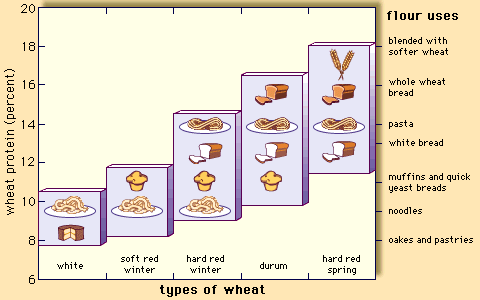
There has been a major improvement in milk production, which increased from 17 million tonnes in 1951 to 127.9 million tonnes during 2011-12. Uttar Pradesh, Punjab, Madhya Pradesh, Rajasthan, Maharashtra, Gujarat, Andhra Pradesh, Haryana, Tamil Nadu and Bihar contributed to the extent of 80 percent of the total milk production in the country. The per capita availability of the milk has reached a level of 290 grams per day during the year 2011-12, which is more than the world average of 284 grams per day. Most of the milk in the country is produced by small, marginal farmers and landless laborers.
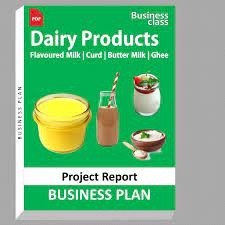
This Module is developed to provide you the necessary information regarding the following content coverage and topics:
- Confirming available materials and service
- Checking conforming equipment Setting process
- Starting up filling process
- Monitoring control points
- Filling and closing containers
- Monitoring equipment
- Identifying and reporting out-of-specification product and equipment
- Monitoring and cleaning wastes
